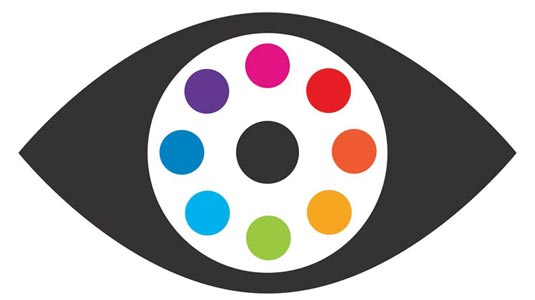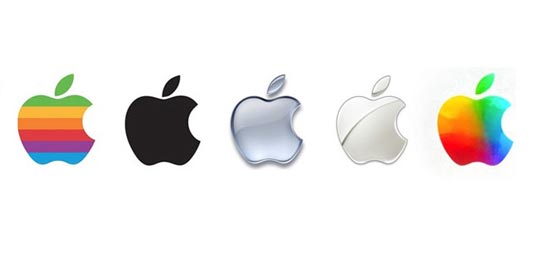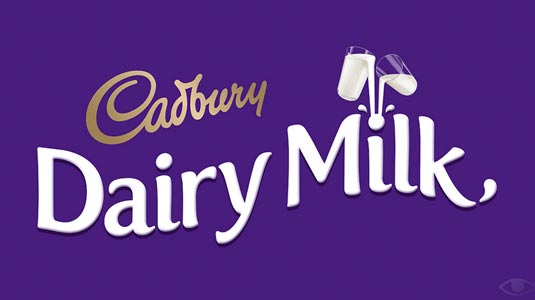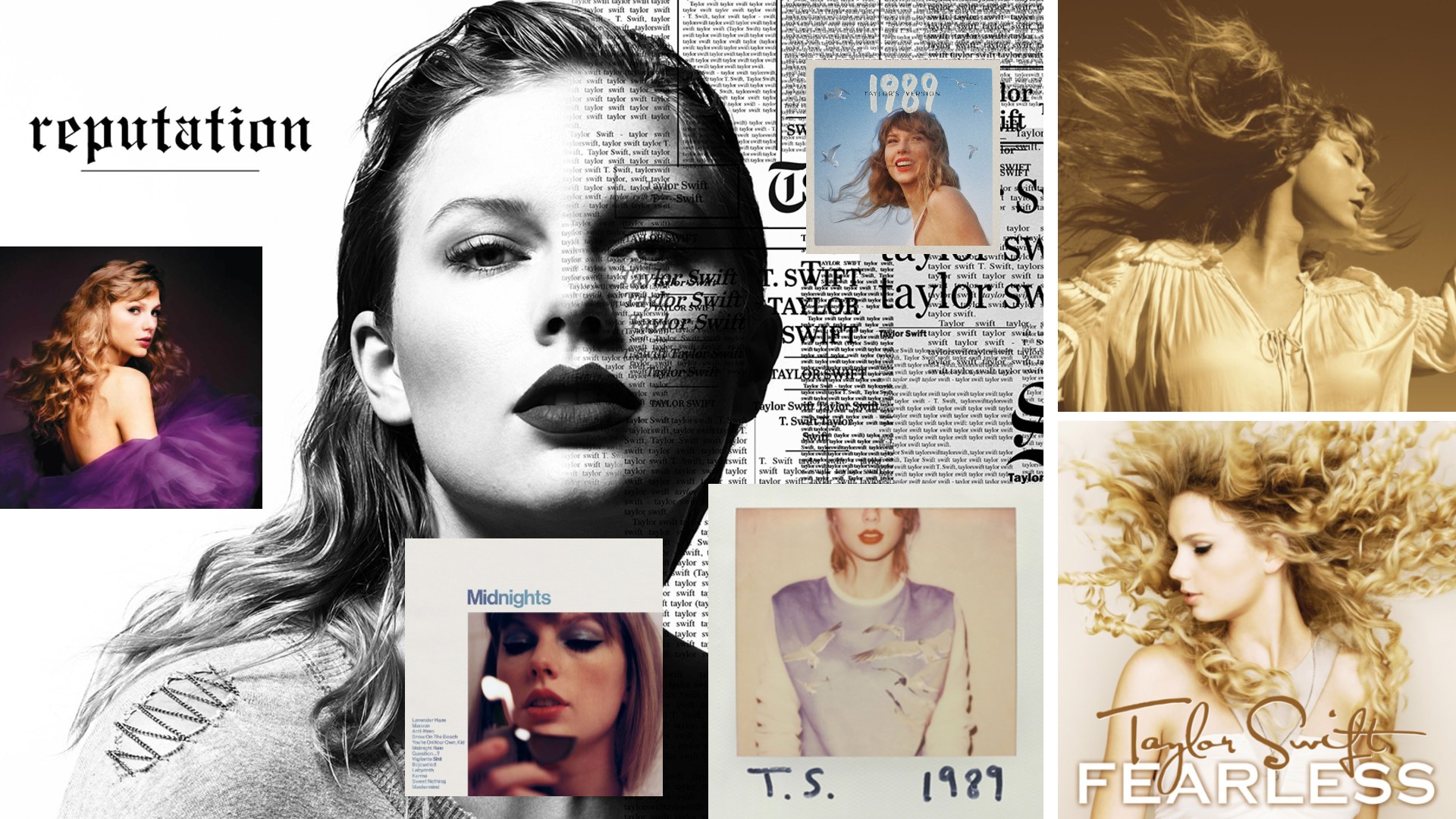8 ways the use of colour in branding is evolving
Lippincott's Brendán Murphy examines the changing role of colour in design and branding.

From the street to the supermarket shelf, the use of colour has been a visceral differentiator among brands and logo design. Companies across all industries have built moats of colour to define and defend their brand identity.
While the use of colour in branding is nothing new, the shift to the digital world has brands using colour in more nuanced, strategic and multi-faceted ways to better connect with consumers and give themselves a distinct and authentic brand personality.

But what role should colour play in today's brand environment? Here are eight ideas to keep in mind...
01. Align colour with character
Aligning brand colour with brand character gives a strong and concrete foundation from which to begin building equity and affinity. From its early origins, Apple took on the big blues of HP and IBM by forging its own path.

And while over the years it has used and defined colour trends through product design and advertising, today Apple takes a minimalist approach to "brand" colour, giving it incredible flexibility to dip in and out of colour trends, to operate across many different industries and always, it seems, to be culturally relevant and of the moment.
Apple, with its highly nuanced appreciation for materials, leverages sleek glass and cool aluminum product design and store fascia, and gives its products the freedom to live in and frame its audience's world of colour.
02. Think separately about colour and logo
Don't confuse logo colour and brand colour. Tiffany blue is one of the world's most recognised brand colours. But its logo is an understated and refined serif type expression of the Tiffany name in black.
Get the Creative Bloq Newsletter
Daily design news, reviews, how-tos and more, as picked by the editors.

Similarly, the store exterior is not painted robin's egg blue. Tiffany understands the ritual associated with its uniquely coloured box and that when it comes to any brand element, less is often more.
The New Yorker masthead is black. But it sits comfortably in a world of colour brought to life through words, pictures and my favourite, cartoons.
03. Colour for the consumer
Put aside personal preferences and explore what you want your customers to feel. Many colour decisions are based on the hidden or overt bias of a management team (favourite sports team), or research panel.
Colour is a complex and emotional decision that is best explored with ethnography and through a range of experiences, not behind the looking glass of a 12x12 windowless room.
04. Colouring what matters
Don't confuse a company for a packaged good. People expect their can of Coke to be red and Cadbury's bar to be purple. Colour in this instance becomes a wayfinding device on the store shelf.

But today's companies are not so easily packaged, and the ingredients on the inside— namely, their people, ideas, products and services—are constantly innovating and changing.
IBM's kaleidoscope colour approach helps it look and feel more innovative and creative, more like a 'Human Era' B2C company talking to me and less like a corporate B2B company talking at me.
Next page: four more ways colour is evolving

Thank you for reading 5 articles this month* Join now for unlimited access
Enjoy your first month for just £1 / $1 / €1
*Read 5 free articles per month without a subscription

Join now for unlimited access
Try first month for just £1 / $1 / €1

The Creative Bloq team is made up of a group of art and design enthusiasts, and has changed and evolved since Creative Bloq began back in 2012. The current website team consists of eight full-time members of staff: Editor Georgia Coggan, Deputy Editor Rosie Hilder, Ecommerce Editor Beren Neale, Senior News Editor Daniel Piper, Editor, Digital Art and 3D Ian Dean, Tech Reviews Editor Erlingur Einarsson, Ecommerce Writer Beth Nicholls and Staff Writer Natalie Fear, as well as a roster of freelancers from around the world. The ImagineFX magazine team also pitch in, ensuring that content from leading digital art publication ImagineFX is represented on Creative Bloq.
